
Product information
Clemens Busch Riesling Marienburg 1er Grosses-Gewächs ‘Rothenpfad’ 2017
$120
Description
With a pH of 3.0 the debate over Acid vs Minerality enters the fray. What’s clear is that the Rothenpfad has incredible harmony and balance. Adding to the great purity and amazing texture. The 85 year old vines offered up just 30hl/ha, that’s ⅔rds of Grand Cru Burgundy yields. There’s a young generosity, we’ll see this wine at it’s best with much more time in bottle.
Out of stock
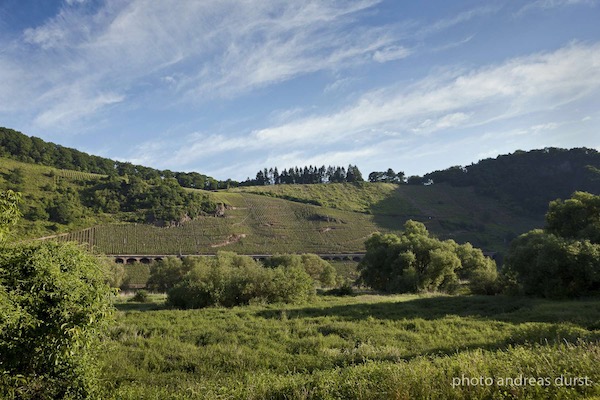
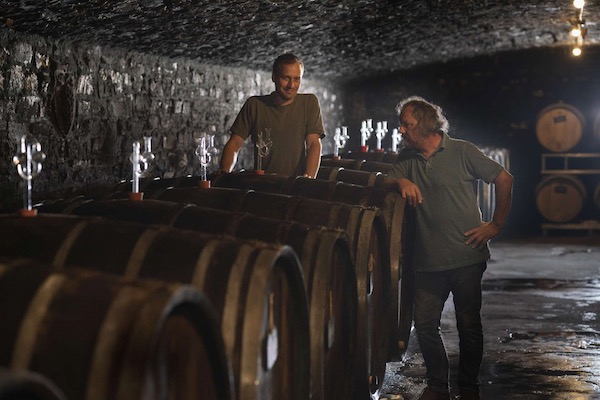
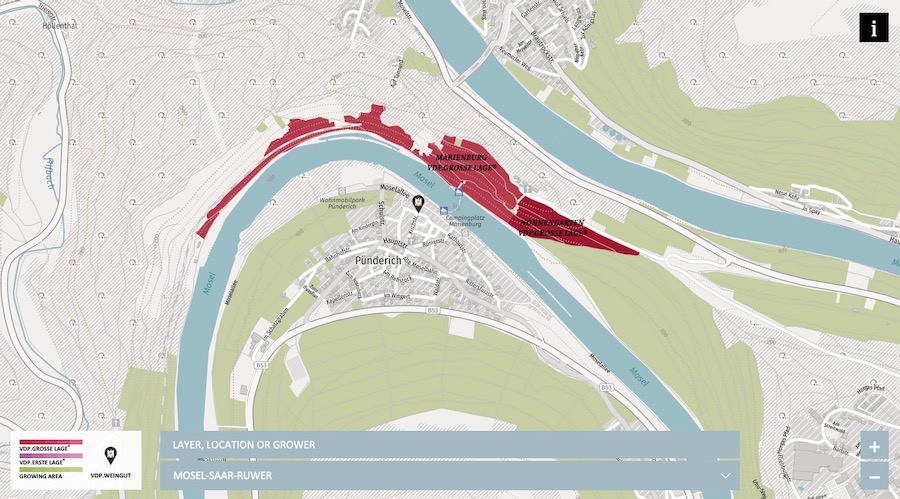

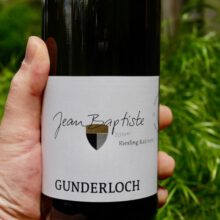
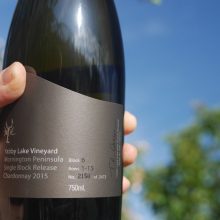
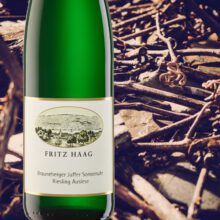
You must be logged in to post a comment.